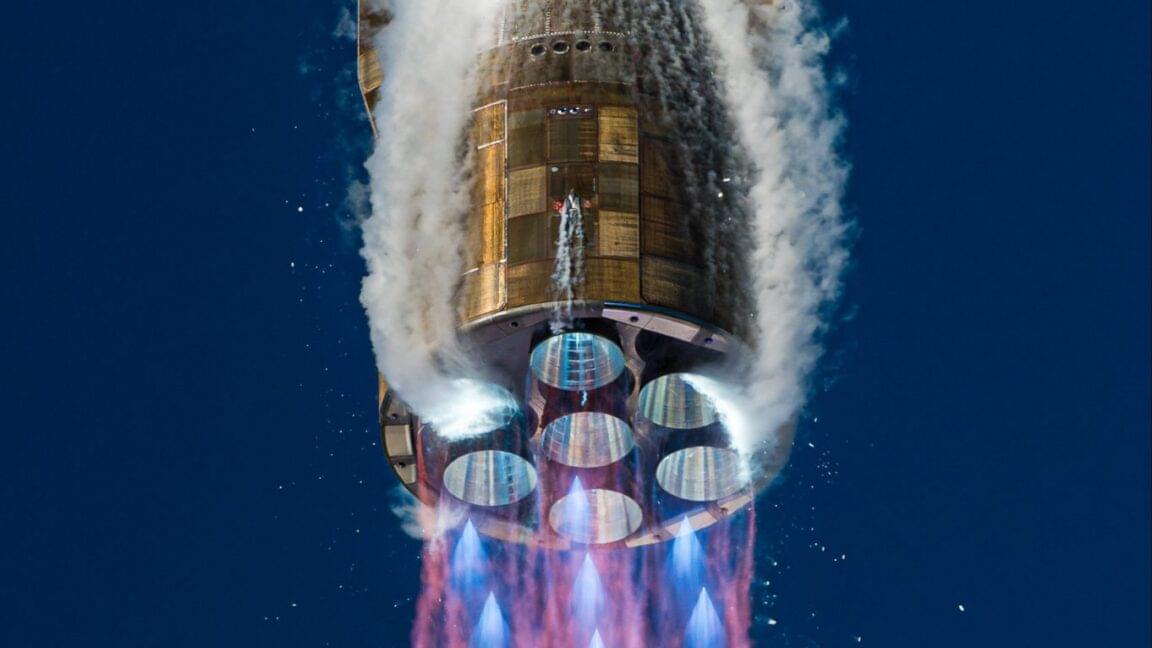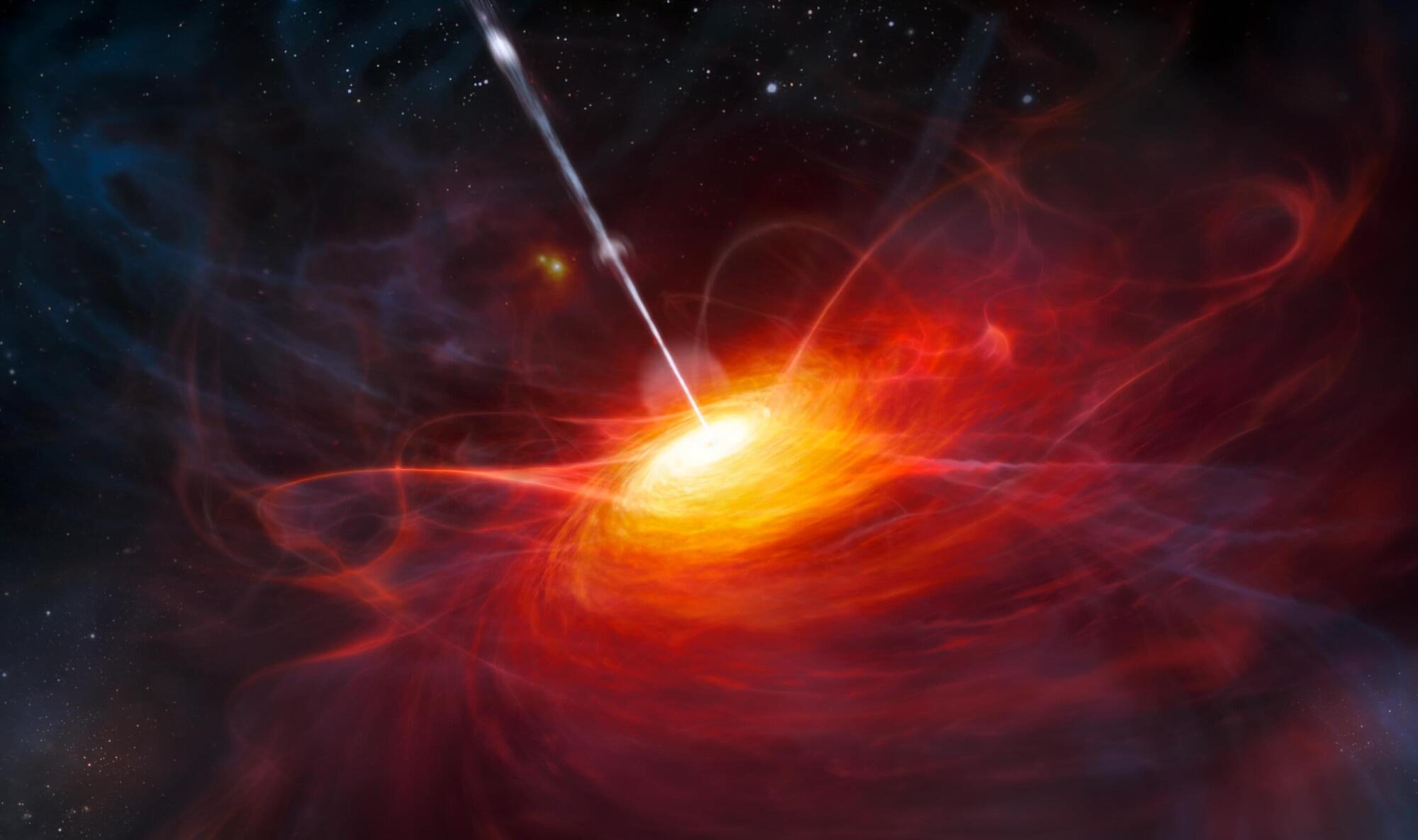DARPA’s TBD2 program aims to track tiny spacecraft across deep space, creating the first wide-area surveillance of the Earth–Moon region.



Amazon founder Jeff Bezos is stepping back into an active operating role in technology after four years, taking the co‑chief executive seat at a new artificial intelligence company called Project Prometheus. His move adds to the trend of tech billionaires emerging from semi‑retirement to participate directly in the AI boom reshaping Silicon Valley’s priorities.
Reportedly, Bezos will lead the startup alongside Vik Bajaj, a physicist‑chemist and former Google researcher who helped launch Verily, Alphabet’s life sciences unit. Project Prometheus has already raised about 6.2 billion dollars, including a substantial personal commitment from Bezos, placing it among the best‑funded early‑stage AI companies in the world.
Bezos has remained executive chair of Amazon and continued to back Blue Origin, his private space company, but Prometheus is his first formal operational role since he stepped down as Amazon’s CEO in 2021. The venture comes amid an intensifying global race to build advanced AI systems, as companies across the United States, Europe, and China pour money into research, data centres, and specialist talent.
From cyborgs to hive minds and civilizations of pure thought, we trace the possible futures of our species through the next trillion tomorrows.
Checkout Scav: https://go.nebula.tv/scav?ref=isaacar… Watch my exclusive video Autonomous Space Industry: https://nebula.tv/videos/isaacarthur–… Nebula using my link for 40% off an annual subscription: https://go.nebula.tv/isaacarthur Grab one of our new SFIA mugs and make your morning coffee a little more futuristic — available now on our Fourthwall store! https://isaac-arthur-shop.fourthwall… Visit our Website: http://www.isaacarthur.net Join Nebula: https://go.nebula.tv/isaacarthur Support us on Patreon: / isaacarthur Support us on Subscribestar: https://www.subscribestar.com/isaac-a… Facebook Group:
/ 1,583,992,725,237,264 Reddit:
/ isaacarthur Twitter:
/ isaac_a_arthur on Twitter and RT our future content. SFIA Discord Server:
/ discord Credits: The First Interstellar Colony Humanity’s Leap Beyond Sol Written, Produced & Narrated by: Isaac Arthur Editor: Keith Oxenrider Select imagery/video supplied by Getty Images Music by Epidemic Sound: http://nebula.tv/epidemic & Stellardrone Chapters 0:00 Intro 0:15 The Road Ahead 2:24 What Do We Mean by “Human,” “Transhuman,” and “Posthuman”? 7:22 Life Extension – The Oldest Dream 10:33 Intelligence Beyond Biology – AI and Human Integration 14:19 Enhancing the Body and Mind 17:00 Civilizations of the Augmented 19:31 Scavenger Hunt 20:51 Strange Posthuman Pathways 23:11 Outward Migration – Stars and Timelines 25:00 Risks, Fears, and Pushback 26:27 Humanity on Cosmic Timescales 27:43 The Expanding Story.
Watch my exclusive video Autonomous Space Industry: https://nebula.tv/videos/isaacarthur–…
Get Nebula using my link for 40% off an annual subscription: https://go.nebula.tv/isaacarthur.
Grab one of our new SFIA mugs and make your morning coffee a little more futuristic — available now on our Fourthwall store! https://isaac-arthur-shop.fourthwall…
Visit our Website: http://www.isaacarthur.net.
Join Nebula: https://go.nebula.tv/isaacarthur.
Support us on Patreon: / isaacarthur.
Support us on Subscribestar: https://www.subscribestar.com/isaac-a…
Facebook Group: / 1583992725237264
Reddit: / isaacarthur.
Twitter: / isaac_a_arthur on Twitter and RT our future content.
SFIA Discord Server: / discord.
Credits:
The First Interstellar Colony Humanity’s Leap Beyond Sol.
Written, Produced & Narrated by: Isaac Arthur.
Editor: Keith Oxenrider.
Select imagery/video supplied by Getty Images.
Music by Epidemic Sound: http://nebula.tv/epidemic & Stellardrone.
Chapters.
0:00 Intro.
0:15 The Road Ahead.
2:24 What Do We Mean by “Human,” “Transhuman,” and “Posthuman”?
7:22 Life Extension – The Oldest Dream.
10:33 Intelligence Beyond Biology – AI and Human Integration.
14:19 Enhancing the Body and Mind.
17:00 Civilizations of the Augmented.
19:31 Scavenger Hunt.
20:51 Strange Posthuman Pathways.
23:11 Outward Migration – Stars and Timelines.
25:00 Risks, Fears, and Pushback.
26:27 Humanity on Cosmic Timescales.
27:43 The Expanding Story


Today, the European Space Agency’s Argonaut lunar lander programme welcomes new members to its growing family. At ESA’s European Astronaut Centre (EAC) near Cologne, Germany, Thales Alenia Space Italy – the prime contractor for Argonaut’s first lander – signed agreements with Thales Alenia Space in France, OHB in Germany, and Thales Alenia Space and Nammo in the United Kingdom.
Argonaut represents Europe’s autonomous, versatile and reliable access to the Moon. Starting with the first mission in 2030, Argonaut landers will be launched on Ariane 6 rockets, each delivering up to 1.5 tonnes of exploration-enabling cargo to the Moon’s surface, from scientific instruments and rovers to vital resources for astronauts such as food, water and air.
Earlier this year, ESA selected Thales Alenia Space Italy to lead the development of the first Argonaut lander, or Lunar Descent Element. Today’s signing ceremony took place in a symbolic location: the LUNA analogue facility at EAC, home to a full-scale Argonaut model – a tangible vision of Europe’s future presence on the Moon.
*This video was recorded at ‘Paths to Progress’ at LabWeek hosted by Protocol Labs & Foresight Institute.*
Protocol Labs and Foresight Institute are excited to invite you to apply to a 5-day mini workshop series to celebrate LabWeek, PL’s decentralized conference to further public goods. The theme of the series, Paths to Progress, is aimed at (re)-igniting long overdue progress in longevity bio, molecular nanotechnology, neurotechnology, crypto & AI, and space through emerging decentralized, open, and technology-enabled funding mechanisms.
*This mini-workshop is focused on Paths to Progress in Molecular Nanotechnology*
Molecular manufacturing, in its most ambitious incarnation, would use programmable tools to bring together molecules to make precisely bonded components in order to build larger structures from the ground up. This would enable general-purpose manufacturing of new materials and machines, at a fraction of current waste and price. We are currently nowhere near this ambitious goal. However, recent progress in sub-fields such as DNA nanotechnology, protein-engineering, STM, and AFM provide possible building blocks for the construction of a v1 of molecular manufacturing; the molecular 3D printer. Let’s explore the state of the art and what type of innovation mechanisms could bridge the valley of death: how might we update the original Nanotech roadmap; is a tech tree enough? how might we fund the highly interdisciplinary progress needed to succeed: FRO vs. DAO?
*About The Foresight Institute*
The Foresight Institute is a research organization and non-profit that supports the beneficial development of high-impact technologies. Since our founding in 1986 on a vision of guiding powerful technologies, we have continued to evolve into a many-armed organization that focuses on several fields of science and technology that are too ambitious for legacy institutions to support. From molecular nanotechnology, to brain-computer interfaces, space exploration, cryptocommerce, and AI, Foresight gathers leading minds to advance research and accelerate progress toward flourishing futures.
*We are entirely funded by your donations. If you enjoy what we do please consider donating through our donation page:* https://foresight.org/donate/

For decades—yes, literally decades—it has been easy to dismiss Blue Origin as a company brimming with potential but rarely producing much of consequence.
But last week the company took a tremendous stride forward, not just launching its second orbital rocket, but subsequently landing the booster on a barge named Jacklyn. It now seems clear that Blue Origin is in the midst of a transition from sleeping giant to force to be reckoned with…
…Limp said success on New Glenn’s second flight would set the company up for a significant increase in cadence. The company is building enough hardware for “well above” a dozen flights in 2026, with the upper-end limit of 24 launches. The pacing item is second stages. Right now Blue Origin can build one per month, but the production rate is increasing.”
“There’s never been such a high demand for launch as there is right now.”

An international team of astronomers have employed the Spektr-RG spacecraft and various ground-based telescopes to investigate a distant quasar known as ID830. Results of the new observations, published November 7 on the pre-print server arXiv, indicate that ID830 is the most X-ray luminous radio-loud quasar known to date.
Quasars, or quasi-stellar objects (QSOs), are active galactic nuclei (AGN) in the centers of active galaxies, powered by supermassive black holes (SMBHs). They showcase very high bolometric luminosities (over one quattuordecillion erg/s), emitting electromagnetic radiation observable in radio, infrared, visible, ultraviolet and X-ray wavelengths.

SpaceKids Global; Inspiring students to excel in STEAM+ Environment education; with a focus on empowering young girls.